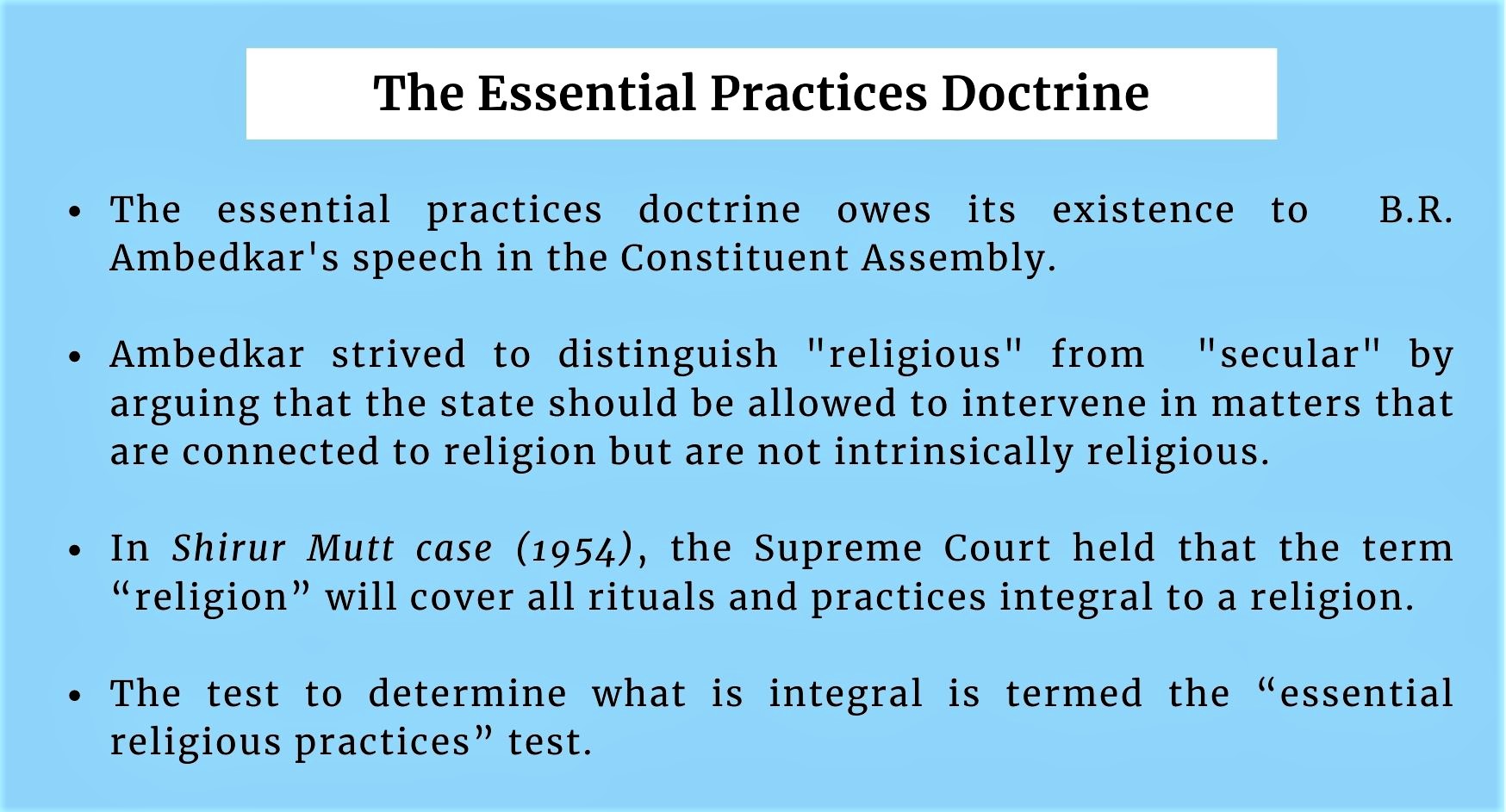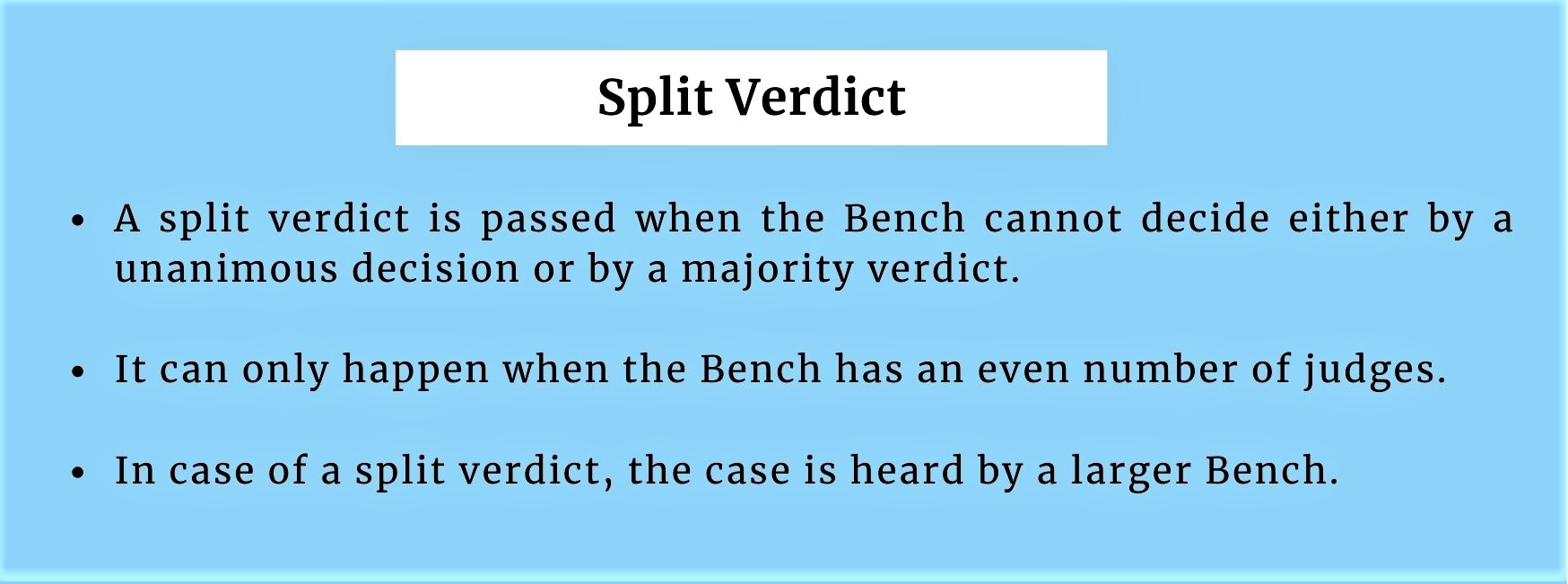7667766266
enquiry@shankarias.in
The Supreme Court delivered a split verdict in the hijab ban case with one of the two judges upholding the Karnataka High Court order on validating the government’s ban, and the other set aside the High Court ruling.
In S R Bommai vs Union of India (1994), the Supreme Court said that the state should free itself from religious affinity.


What lies ahead?
Related links- The Anti-Hijab Protests in Iran
References